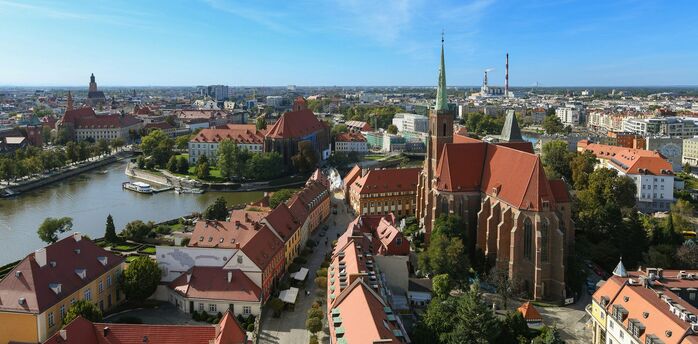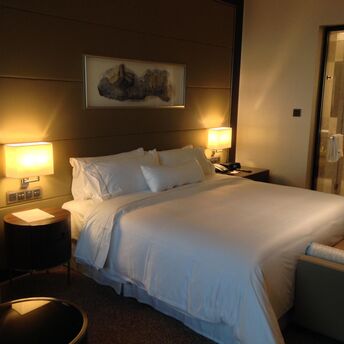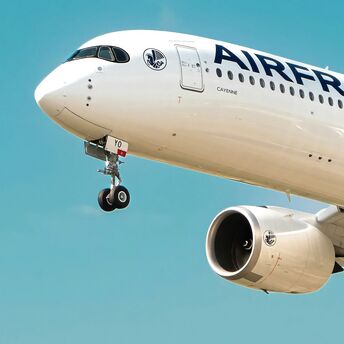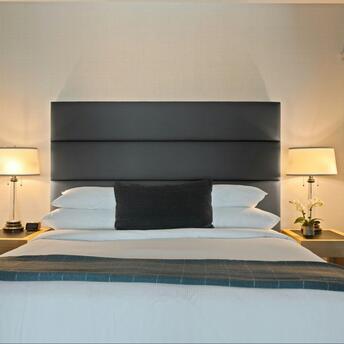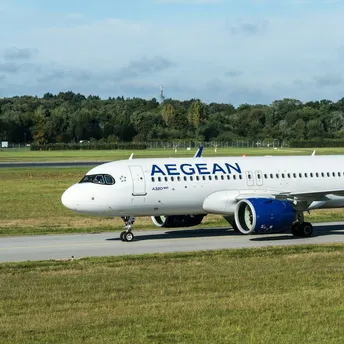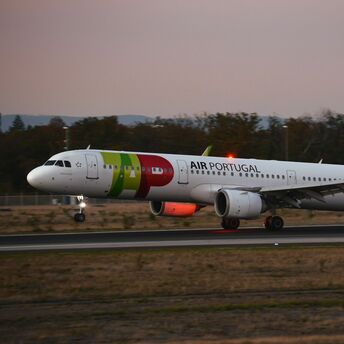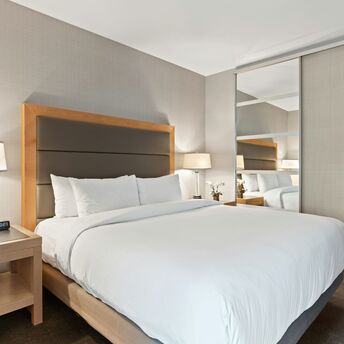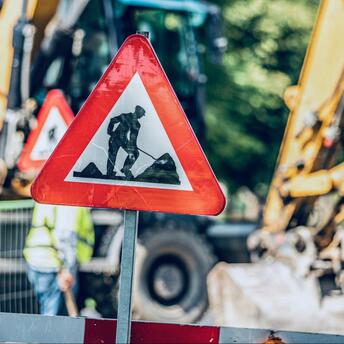Emirates Switches Entire Bahrain Route to Airbus A350
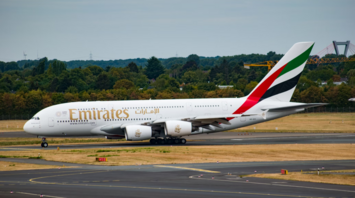
Since 2 June 2025, every Emirates flight between Dubai and Bahrain has been flown exclusively with Airbus A350s, making it the only aircraft now seen on this short regional route. This marks the first instance in the airline’s network where a single aircraft type is used for every scheduled service on a route. The change followed the arrival of Emirates’ third A350 in Bahrain and represents a shift toward fleet standardisation, even on short-haul regional connections with high flight frequencies.
Flight EK835 left Dubai at 02:00 and landed in Bahrain at 02:15. The return leg, EK836, departed at 03:40 and touched down in Dubai at 06:05. Using the same aircraft on every daily flight reduces uncertainty in cabin layout and seating. While Emirates continues upgrading its global fleet, this route has become an early example of how operational consistency can improve short-distance travel logistics for passengers.

After arriving in Dubai, travellers can visit the Al Fahidi Historical District. This part of the city preserves older buildings and narrow lanes that show what Dubai looked like before modern development. Close by is Dubai Creek, a waterway where small wooden boats still cross between long-standing markets such as the gold and spice souks in Deira. The area gives a practical sense of how the city functioned before rapid expansion.
In the city of Bahrain, visitors can explore Arad Fort, a well-preserved coastal stronghold from the 15th century that once guarded maritime routes. Also located within the city is the Sheikh Isa Bin Ali House, known for its wind towers and traditional layout, offering a close look at local architecture before the oil era. Both sites are part of Bahrain’s historic urban fabric and remain accessible to the public.

The use of a single aircraft model on this route eliminates variation in seating layout and in-flight configuration. That means no matter which flight you catch, the inside of the plane will always look and feel the same. When you're bouncing between flights or jetting around the region a lot, it's nice not to deal with a new plane every time, same seats, same layout, no guessing games. It also makes maintenance and crew operations more predictable behind the scenes, which can help avoid unexpected delays.


